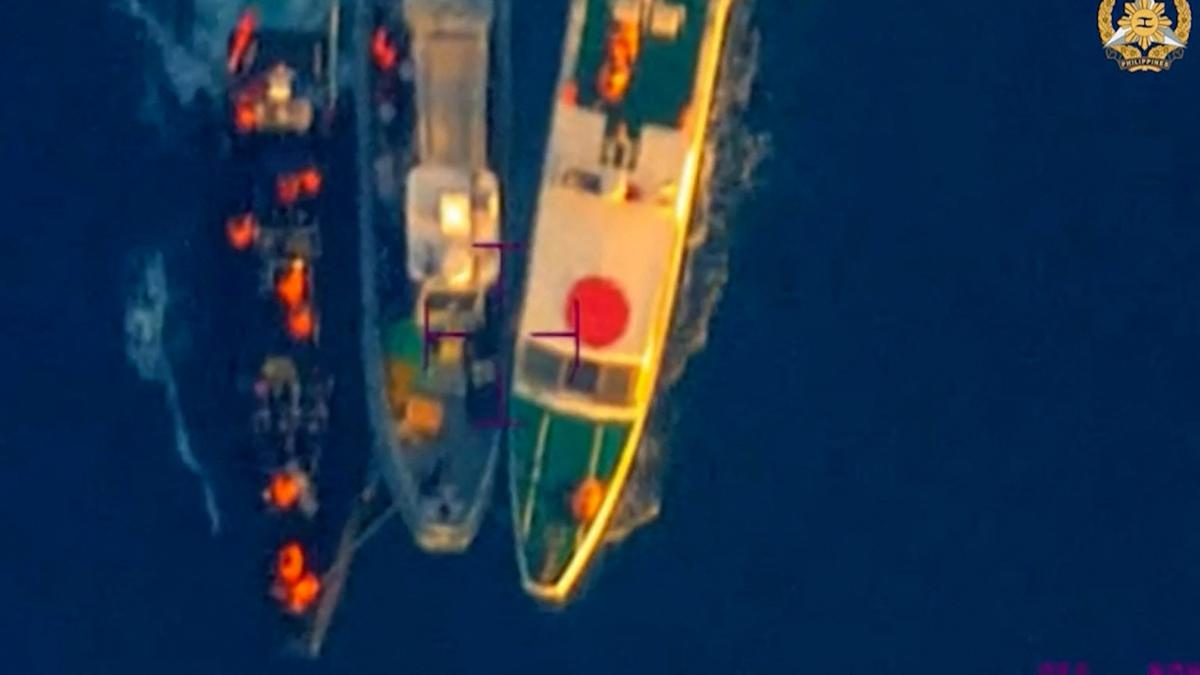
In South China Sea dispute, a bolder Philippines tests Beijing’s resolve
The Hindu
Eduardo Ano leads Philippines' transparency push in South China Sea dispute, risking Beijing's ire for international support.
Huddled in the presidential situation room in February last year, senior Philippines officials faced a stark choice. Military and intelligence leaders watched as coast guard officers showed photos of what the agency said was a military-grade laser that China had pointed at a Philippines ship in disputed waters days earlier.
Eduardo Ano, the national security adviser and chair of the South China Sea taskforce, had to decide whether to release the pictures and risk Beijing's ire, or refrain from aggravating his giant neighbour.
"The public deserves to know," the retired general told the officials. "Publish the photographs." The previously undisclosed meeting marked a pivotal moment, as Manila began a publicity blitz to highlight the intensifying territorial dispute in the South China Sea, where the ramming of ships, use of water cannons and ensuing diplomatic protests have sharply raised tensions.
"It was a turning point and the birth of the transparency policy," National Security Council spokesperson Jonathan Malaya, who attended the meeting and recounted the exchange, told Reuters. "The goal was to eventually impose severe costs to Beijing's reputation, image and standing." Mr. Malaya said President Ferdinand Marcos Jr had directed officials to "civilianise and internationalise" the dispute, which they had achieved by using the coast guard and routinely embedding foreign journalists on missions. "This became an important component of building international support for the Philippines, because our audience is also foreign governments," he added.
This account of the Philippines' policy switch and its implications is based on interviews with 20 Philippine and Chinese officials, regional diplomats and analysts. They said publicising China's actions, combined with Manila's deepened military alliance with the U.S., had constrained Beijing's ability to escalate matters at sea but raised the risks of Chinese economic retaliation and U.S. involvement. The February 2023 meeting occurred days after Mr. Marcos granted the U.S. access to four more military bases in the Philippines, rekindling defence ties that had suffered under his predecessor, Rodrigo Duterte.
"China has few escalatory options left without triggering the U.S.-Philippines mutual defence treaty and risking a military confrontation between Chinese and U.S. forces," said Ian Storey, a security scholar at Singapore's Yusof Ishak ISEAS Institute.
Mr. Marcos has also pursued a diplomatic offensive, gaining statements of support for the Philippines' position from countries such as Canada, Germany, India and Japan.











